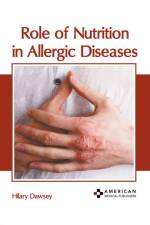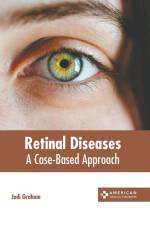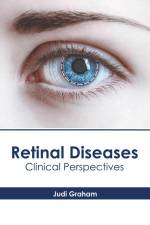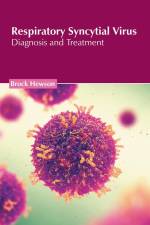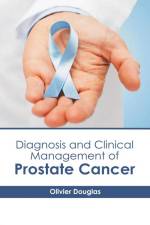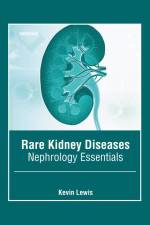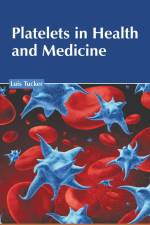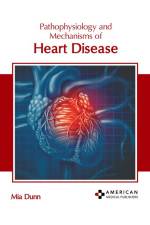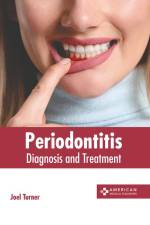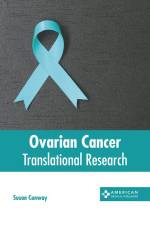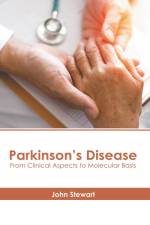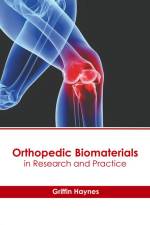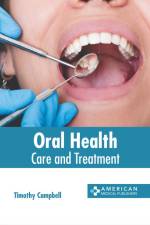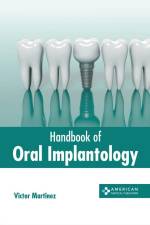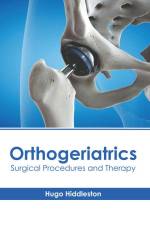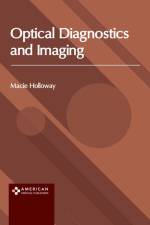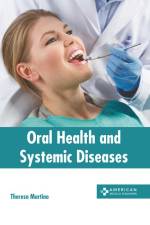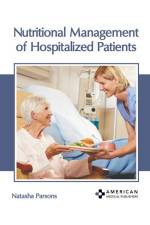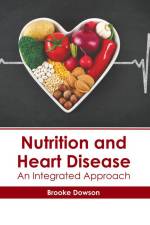av Mia Dunn
1 855
Heart diseases refer to various conditions affecting the heart, which include diseases like coronary artery disease, heart arrhythmias, heart failure, heart valve disease, pericardial disease, cardiomyopathy and congenital heart disease. The causal mechanisms vary from disease to disease. In coronary artery disease, fatty plaque builds up in the arteries, which blocks the blood vessels, resulting in stroke, chest pain and heart attack. Deaths due to heart disease are majorly associated with dietary factors. Other risk elements comprise tobacco consumption, age, physical inactivity, sex, family history, obesity, genetic predisposition, increased blood sugar, increased blood pressure, psychological factors and lack of sleep. Majority of the heart diseases are preventable by avoiding the risk factors through exercise, healthy eating, limiting intake of alcohol, and avoiding smoking tobacco. Treatment of risk elements, such as blood lipids, diabetes and high blood pressure can also prove beneficial. This book is compiled in such a manner, that it will provide in-depth knowledge about the pathophysiology and mechanisms of heart disease. Those in search of information to further their knowledge will be greatly assisted by it.


